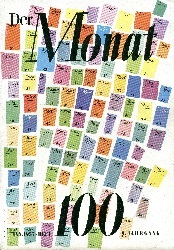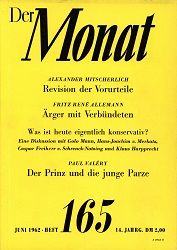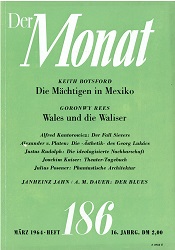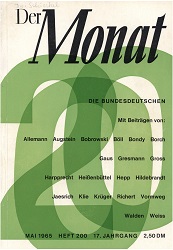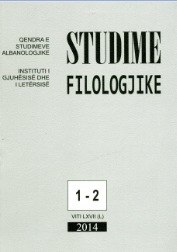

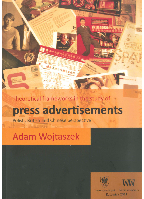
Keywords: Code-mixing; gender stereotyping in advertisement; Graded Salience Hypothesis;Pictorial metonymy; idiomatic meanings;Penelope Brown;Stephen C. Levinson;Erving Goffmann;positive face;
There are several aspects in which the present book is unique. First of all, it tests the analytic potential of theoretical concepts and constructs which have not yet been applied to the analysis of the advertising discourse, although such a possibility was envisaged by some of the authors (e.g. Giora, 2003). Secondly, it offers a comparative elaboration of advertising corpora from three different cultural backgrounds: Polish, British and Chinese; a combination which has not yet been, to the best of my knowledge, covered in literature. Finally, it is also heavily biased towards critical methodological reflection, exposing many aspects of making certain choices vis-à-vis the analytic perspective and material. It was possible, thanks to the application of such a viewpoint, to unmask and appreciate the contribution of the observer effect in the study of the advertising discourse. Especially in the context of application of the Politeness framework to the analysis of commercials the book has managed to demonstrate how big may be the impact of the way of viewing. The evaluation of the practicality, usefulness and common sense of such applications is left to the readers, who may disagree with the author in this respect. The book unfolds in three stages. In the first chapter the contributions of particular types of selective focus applied in the study of advertisements are presented and critically evaluated. In particular, the impacts of choices pertaining to the object of the study, the preference for the approach (bottom-up versus top-down) and the alternatives implicit in opting for the content analysis or the investigation of responses were examined. The second chapter elaborates on an attempt to look at the advertising discourse from the perspective of Politeness Theory, as a peculiar forms of communication between the advertiser and the recipients. Following an extensive discussion of the applicability of the framework and the necessary methodological modifications, a two-step study is presented in which Polish, British and Chinese participants were reflectively commenting on a selection of press advertisements from three corresponding corpora. The subsequent comparative investigation of their responses allowed for identification of language- and culturerelated idiosyncrasies. The third chapter, which is the most extensive, is divided into two major parts. The first one draws upon Giora’s (2003) Graded Salience Hypothesis in proposing the constructs of static and dynamic salience which are subsequently used in the analysis of the corpora, followed by the investigation of Optimal Innovation Hypothesis applied to selected advertisements. In the second part of the third chapter, Kecskes’s (2008) model is applied to the description of advertisements from Polish, British and Chinese newspapers and magazines. In particular, the notion of context is decomposed into several distinct sub-categories, conveniently summarising and explicating the contributions offered by each of them.
More...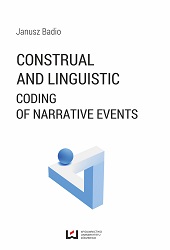
Keywords: Linguistic Coding; Narrative Events
The unique strength of the current work is the author's attempt to create his own framework for investigating construal, (…) drawing on a number of theoretical perspectives that have never before been brought together for this purpose. Thus, the empirical part of the monograph is deeply situated within the field of Second Language Acquisition, with its focus on the processing of language by L2 learners. (…) Since construal as such, the pivotal concept of the monograph, is a notion developed within Cognitive Linguistics, the major theoretical orientation of the book is quite obviously on theories developed within this field, (…). However, the author is not satisfied with such a narrow focus and expands his framework by connecting the concept of construal to the theoretical perspectives developed in other disciplines, such as philosophy, psycholinguistics, or cognitive psychology. An important and innovative approach to the notion of construal proposed in the volume is viewing attention, with its related concept of cognitive salience, as the most superordinate process in construal. This novel approach opens up exciting opportunities for future research projects, which will certainly be stimulated by the many excellent ideas and the sound and logical theoretical framework present in the current work.
More...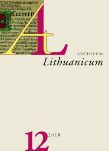
Review of: William R. Schmalstieg - Trys 1706 metų filologinės polemikos šaltiniai: Michaelio Mörlino traktatas Principium primarium in lingva Lithvanica; Jono Šulco Ezopo pasakėčios; Jokūbo Perkūno traktatas Wohlgegründetes Bedenken über die ins Litauische übersetzten zehn Fabeln Aesopi und derselben passionierte Zuschrift, 2008 Christiane Schiller - Vincentas Drotvinas (par.), Jokūbas Brodovskis, Lexicon Germanico = Lithvanicvm et Lithvanico=Germanicvm. Rankraštinis XVIII amžiaus žodynas. Dokumentinis leidimas sufaksimile, perrašu ir žodžių registru 1, 3 , 2009 Vilma Zubaitienė - Recenzuojama: Lina Plaušinaitytė, Jokūbo Brodovskio žodyno leksikografinis metodas, Birutė Triškaitė - Recenzuojama: Vilma Zubaitienė, Neišlikusių XVIII amžiaus Mažosios Lietuvos rankraštinių žodynų fragmentai. Bibliotheca Archivi Lithuanici 8, 2009 o 293 William R. Schmalstieg - Review of: Kalbos istorijos ir dialektologijos problemos 1, 2005 o 305 William R. Schmalstieg - Review of: Kalbos istorijos ir dialektologijos problemos 2, 2008 o 315 Vilma Žaltauskaitė - Recenzuojama: Reda Griškaitė (par.), Stanislovas Moravskis, Nuo Merkinės ik i Kauno, Atsiskyrėlio gavenda, Iš visur p o truputį 1, 2009 o 325 Ona Aleknavičienė - Recenzuojama: Mindaugas Šinkūnas, XVI—XVII amžiaus Mažosios Lietuvos raštų akcentografija, 2010 o 331
More...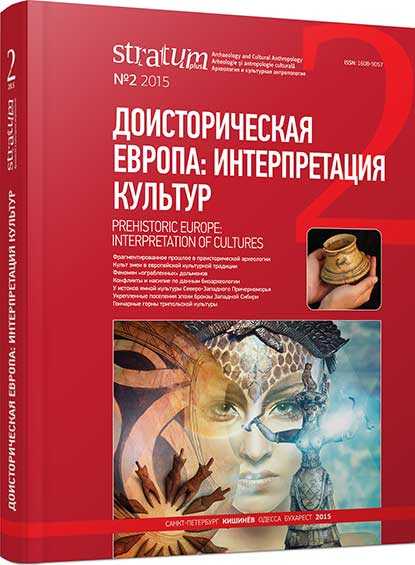
Keywords: Europe; serpent; domestic serpent; grass-snake; viper; domovoy (house spirit; hob); threshold; hearth; oven; intramural burials; human double; the worshiped ancestor
This work is a first attempt to collect and analyze ethnographic, narrative and archaeological material of more than 20 European nations, shading the light on tradition to worship domestic serpents. This study unveils various aspects of this tradition, loci, contacts between serpent, men and cattle, concepts, beliefs, rites and taboos concerning serpent, its functions as a home and family's prosperity patron and a human double. The author also discloses interconnections between serpent and buried ancestors, threshold, hearth, material wealth, grain, female deities, the origins of domovoy (hob), along with taboos (concerning the threshold, the dwelling, the whistle) and customs (feeding Santa or domovoy with milk and cookie), widespread among the European nations. Special attention is paid to the calendar aspect of domestic serpent worship. The time span covered periods from the Neolithic to the end of 20th century. The material collected and analyzed allows a new look on the substance, scope and significance of the studied phenomena, to identify its semantic connections and to outline the path for further studies.
More...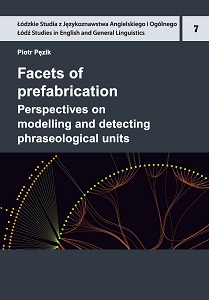
Keywords: phraseological prefabrication; lexico-grammatical patterning; phraseological units; facets of prefabrication; phraseology markers; collocational chains
Corpus-based studies have brought fresh insights into the role of collocability and lexico-grammatical patterning as core aspects of language permeating its structure and use. Facets of Prefabrication builds upon these findings and provides further impetus in the direction of large-scale explorations of phraseology. lt introduces a dependency- based method of detecting potential phraseological units to increase the coverage of prefabricated structures in automatic combinatorial dictionaries which have so far been mainly restricted to binary collocations. Various sources of evidence are used to evaluate this approach and assess its relevance to phraseological theories, including word recall experiments and phraseological markers analyses. These investigations open new perspectives on the interplay of novelty vs. formulaicity in naturally-occurring language and increase our recognition of seemingly subtle, but nevertheless ubiquitous aspects of phraseological prefabrication.
More...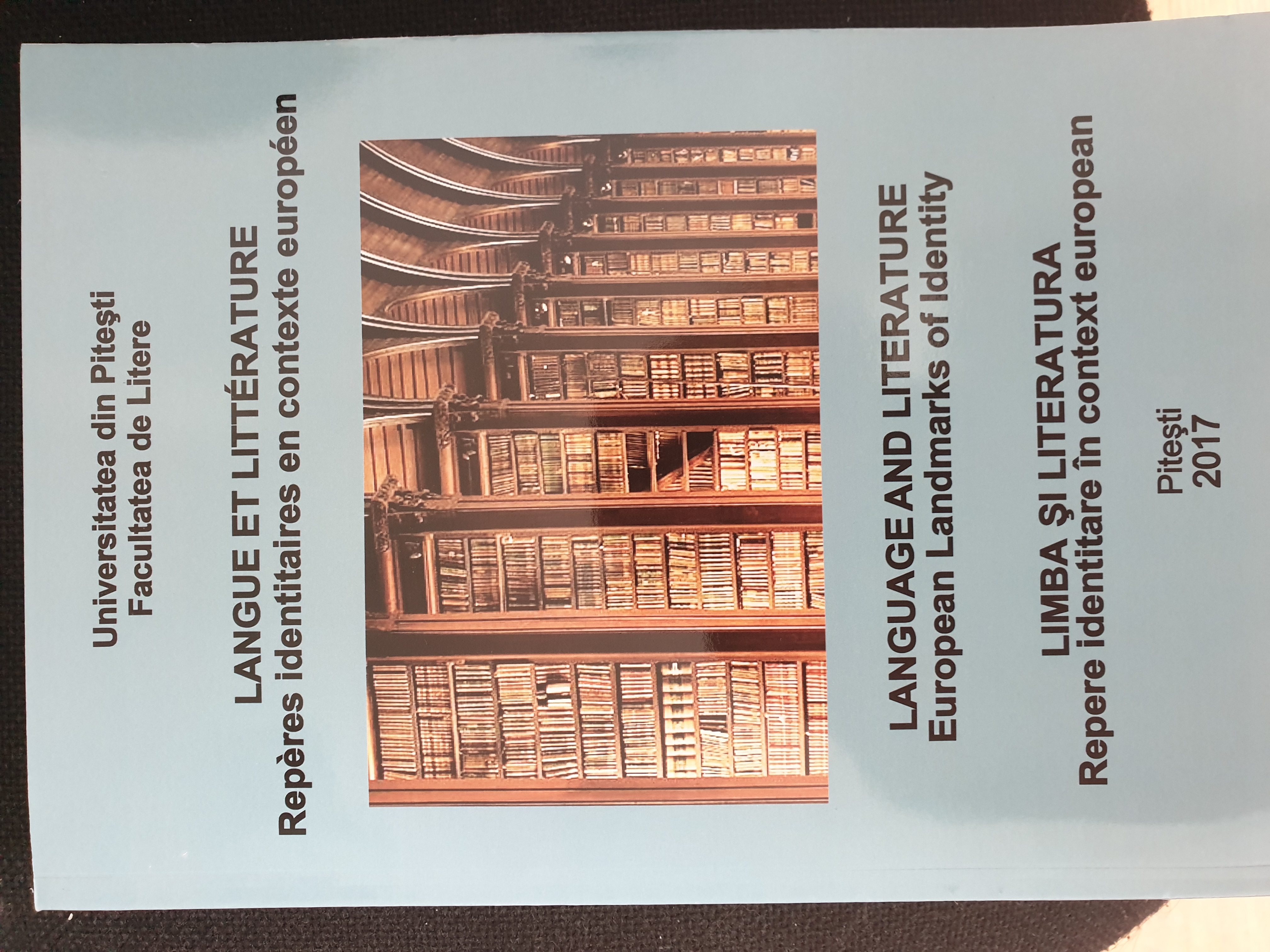
Keywords: legilinguistics; discourse; gender violence.
This paper aims at offering a legilinguistics and contrastive approach to the evolution of some legal terms and phrases in the field of gender violence in English and Romance languages. A more particular focus is given to terms, phrases and structures used in Brasil and Latin America, as well as to sociolinguistic relations with terms outside the scope of gender violence, such as “morosidade da justiça”. Different types of discourses (media, public authorities, victims) are explored in order to shed more light on the interdependence underlying the evolving interaction of various participants to communication acts and the influence of the merchandisation of information on the legal environments within our consumption societies.
More...
Keywords: Oral comprehension; Dispositive; Common core; Textbook
In fact, for all profiles/sections, the teaching of French language in the common core of the Moroccan secondary schooling is realised having as base the textbook, which integrates in its content integral works conceived as didactic modules. The textbook is composed by four modules, each of them having a maximum of two didactic sequences. Each sequence has didactic purposes that have to be reached by the student/pupil, based on the skill trening activities. But, the question arises – is there a reserved place for the competence of oral comprehension? In order to answer this question, it would be logical to return to the summary of the textbook, for finding the clues that may determine the key to the initial question.
More...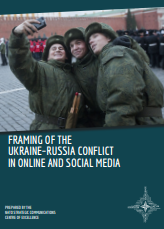
Keywords: Russia; Ukraine; conflict; framing; media; information; communication; social media; ICT; Kremlin; tools; methods;
The aim of the project is to describe and reconstruct the information campaign carried out by Russia and pro-Russian activists in the internet and to reconstruct representations and frames of the Ukrainian-Russian conflict emerging from internet commentary sections and social media posts. Textual and visual analyses reveal the tools and methods used by pro-Kremlin commentators to build representations of Crimea’s annexation and the Ukrainian-Russia conflict. The subject of analysis is the framing of how the Ukraine–Russia conflict played out in internet portals (DELFI, korrespondent.net, pravda.com.ua, kyivpost.com and onet.pl) and social media (Facebook, Vkontakte) in the period from 1 April to 31 December 2014. The effectiveness of influence on the internet were also analysed, particularly in mobilizing internet users to engage in communication.
More...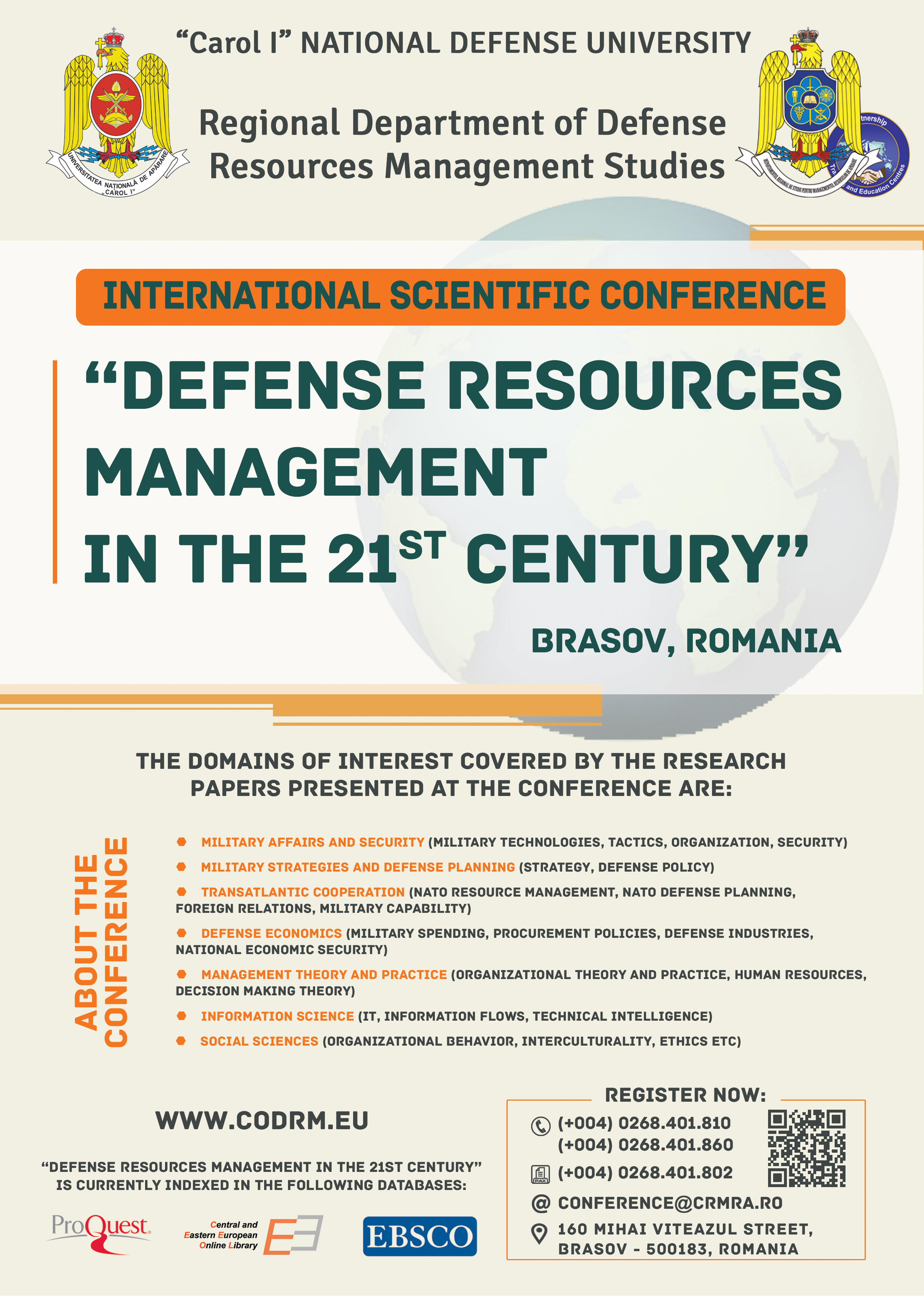
Keywords: labor market; unemployment; cultural organization; workforce;
The European Union has been dealing with an increasing unemployment in several member states. There is a shortage in the demand for labor. National and EU institution try to solve these challenges by different means. The appliance of cultural organization techniques from management theory is such a need. The purpose of this paper is to study the attempts of EU member states in creating a more efficient and effective institutionalized system for the labor market using cultural organization as a mean to decrease unemployment, increase the demand of labor and better placement for the European workforce.
More...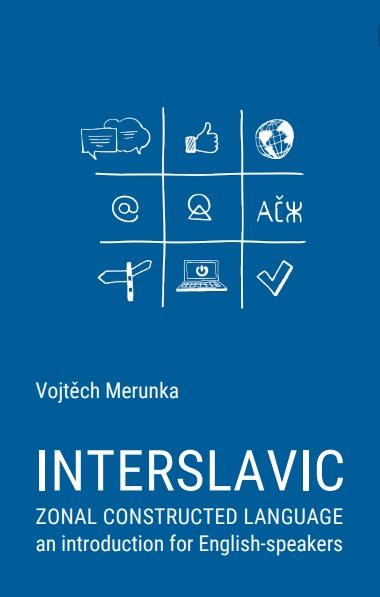
Keywords: Interslavic;Slavic languages;
Interslavic zonal constructed language is an auxiliary language, which looks very similar to real spoken Slavic languages in Central and Eastern Europe and continues the tradition of the Old Church Slavonic language. Interslavic shares grammar and common vocabulary with modern spoken Slavic languages in order to build a universal language tool that Slavic people can understand without any or with very minimal prior learning. It is an easily-learned language for those who want to use this language actively. Interslavic enables passive (e.g. receptive) understanding of the real Slavic languages. Non-Slavic people can use Interslavic as the door to the big Slavic world. Zonal constructed languages are constructed languages made to facilitate communication between speakers of a certain group of closely related languages. They belong to the international auxiliary languages, but unlike languages like Esperanto and Volapük they are not intended to serve for the whole world, but merely for a limited linguistic or geographic area where they take advantage of the fact that the people of this zone understand these languages without having to learn them in a difficult way. Zonal languages include the ancient Sanskirt, Old Church Slavonic, and Lingua Franca. Zonal design can be partially found also in modern languages such as contemporary Hebrew, Indonesian, and Swahili.
More...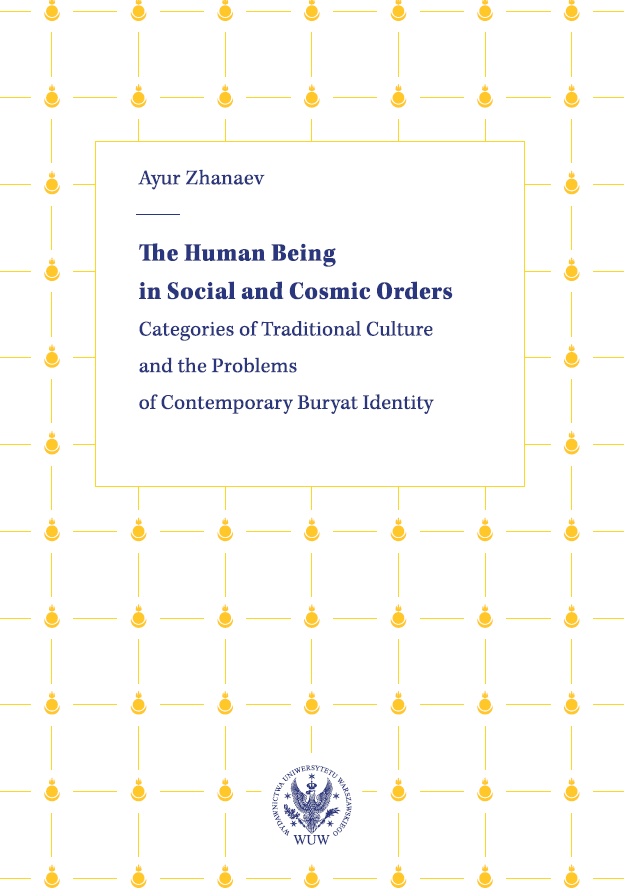
Keywords: social order; cosmic order; human being; social thought; Buryat-Mongols
The matter of social order was developed as a rule in macro-theories such as functionalism or Marxism, which saw the order as constructed by shared norms, values, distribution of labour, power or property. The book attempts to trace the ideas of social order in the Buryat culture and its metaphoric structure using the interpretivist approach as shared sense-making practices. The fieldwork data and analysis of various literature form a grounded theory of social order that could contribute to existing sociological and anthropological perspectives.
More...
Keywords: gender; heritage series; literature series; Clemence Yucel; Farangis Ghaderi; kurdish; kurdish literature; kurdish poetry; women;
Against the backdrop of war and violence, social-political as well as lingual repressions, and the challenges presented by a patriarchal society, Kurdish poetesses have been creating meaningful work throughout the centuries. This collection of translated poems brings to light some of these underrepresented female writers, whose work has been essential to the development of Kurdish poetry. Representing various Kurdish regions and dialects, this volume of selected poems touches upon themes such as sexuality, violence, gender domination, intimacy, fantasy, and romantic love. While this collection offers illuminating insights into the work of Kurdish poetesses, it is the hope of its creators, the Exeter Kurdish Translation Initiative, that it inspires further translations and publication of Kurdish literature.
More...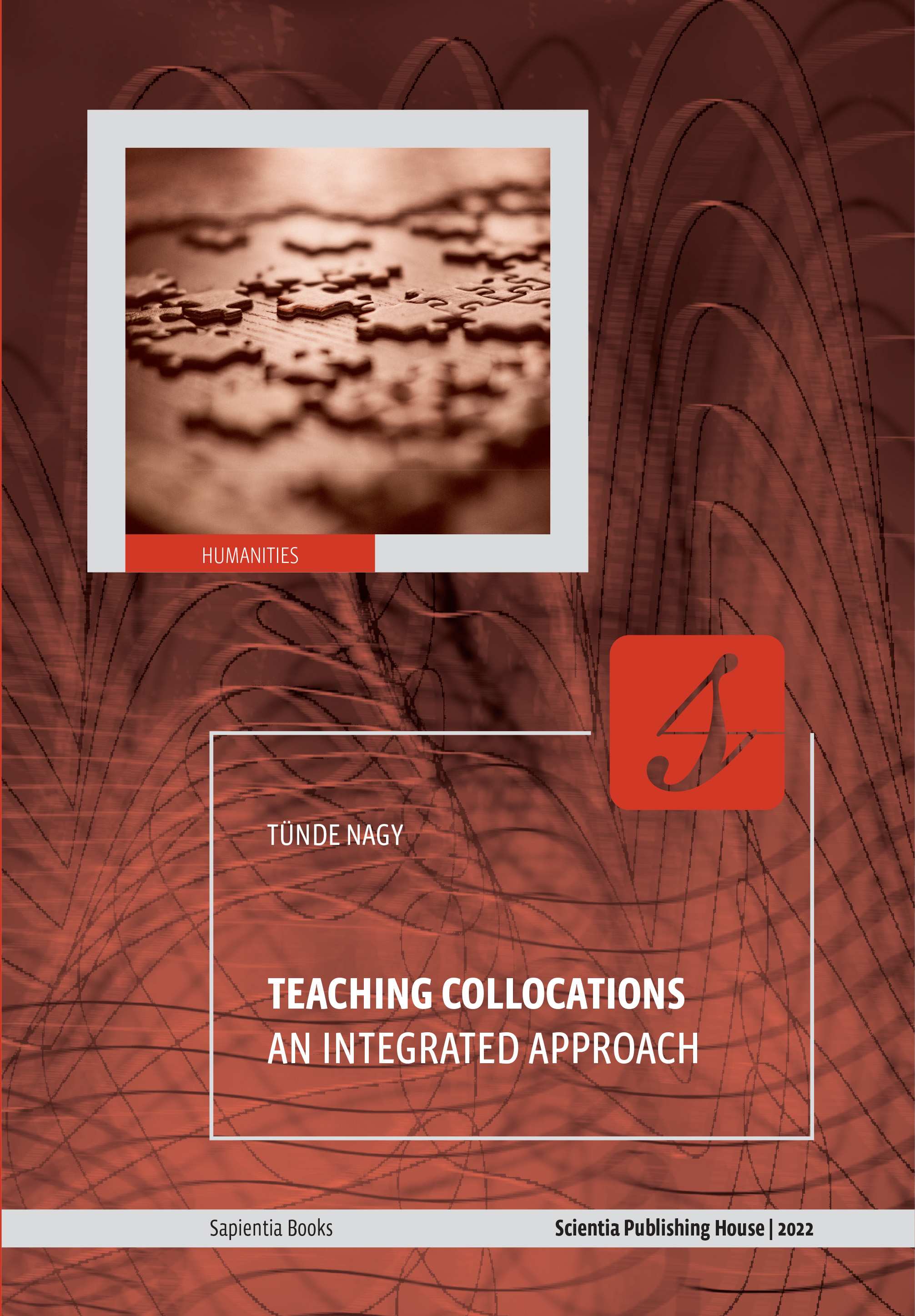
Keywords: collocations; lexical approach; task-based approach; language learners and language users
Although in the last few decades emphasis has been laid on teaching vocabulary in foreign language classes, the importance of collocations often remains overlooked. Collocational awareness as a significant skill for language learners and language users (translators) alike can be acquired and developed at all levels provided enough attention is given to these linguistic constructions. While no perfect method exists that would guarantee the successful acquisition of collocations, it is believed that an integrated approach that combines various teaching methods, along with widely applicable teaching principles and strategies (Kumaravadivelu 2003), can yield satisfactory results. The theoretical considerations of the lexical approach (Lewis 1993, 2000) and also that of the task-based approach (Ellis 2003) provide useful teaching objectives, among which we can find the importance of teaching collocations and language chunks, noticing (giving students enough input so that they can observe the use of collocations in context), fostering students’ problem-solving skills and at the same time actively drawing their attention to collocations, providing contexts in which students can see collocations in their entirety, etc. Following the guidelines outlined in these approaches to a certain extent, the book offers a possible alternative to teaching collocations, also including exercises that can be used in EFL, ESP (business English), and translation classes.
More...